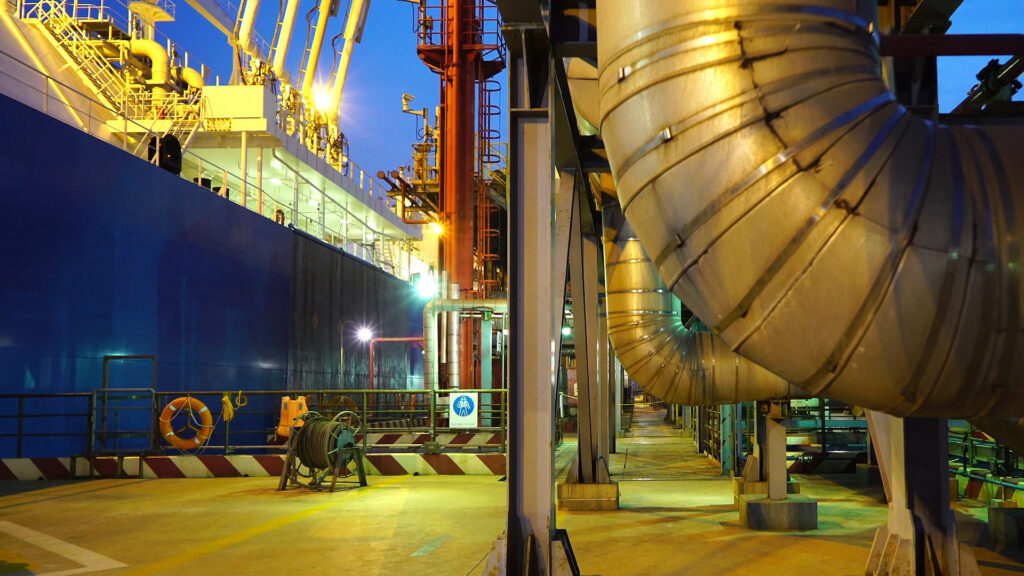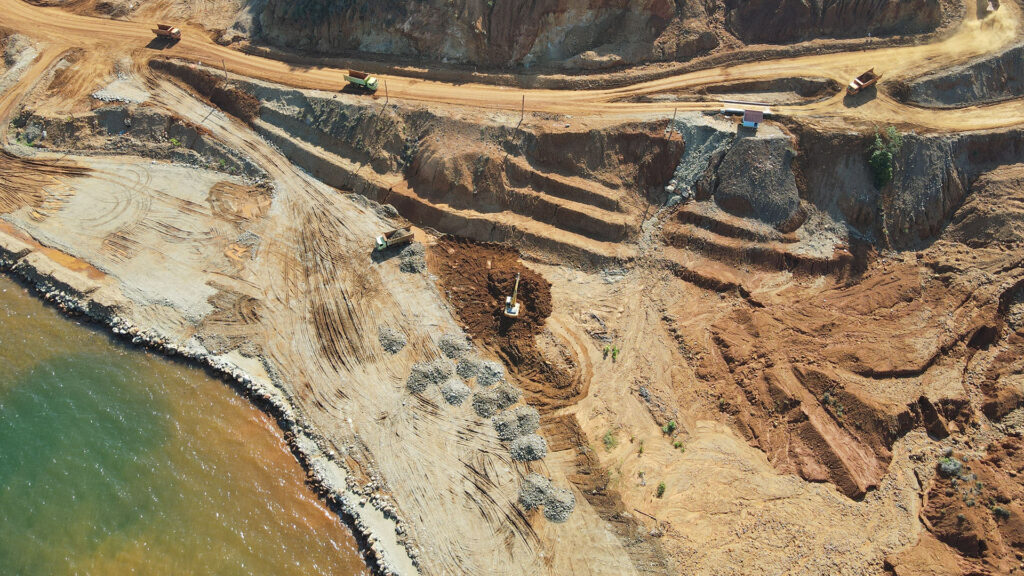LNG Bunkering: Long term contracts for a transitional fuel
With the EU and IMO (amongst others) moving full steam ahead with emissions trading schemes, many ship owners are considering dual-fuelled LNG ships. Whilst LNG is often viewed as a ‘transitional fuel’ it still has around 30% to 50% less CO2 and limited sulphur compared to other fossil fuels and therefore may help owners satisfy emissions regulations (and perhaps also their own internal environmental policies).
Many of the key container operators have taken delivery of, or placed orders for, dual-fuelled container ships, with similar trends in the tanker, cruise and more recently dry bulk sector. Across all sectors there are reported to be around 200 dual-fuelled LNG ships on the water in operation and a further 400 or so on order.
It is easy to see why the container and cruise sectors have led the LNG charge: the principal teething problem with LNG as marine fuel is supply. According to Sea-LNG’s interactive LNG Bunker Navigator, there are around 60 LNG bunkering ports worldwide. These are predominantly based in Europe with the other major clusters in the US Gulf, Singapore and South Korea-Japan. However, there is only one LNG bunkering port in Africa, none south of Panama in the Americas and none in Australasia.
Further, according to Lloyds List Seasearcher there are fewer than 10 specific LNG bunkering vessels on the water in the world’s fleet with a further two or three times that number reportedly on order.
This is compared to over 600 (petroleum) bunkering tankers listed on Seasearcher and around 400 reported major petroleum bunker ports worldwide. Yes, it is true that the LNG dual-fuelled fleet is a very small fraction of the world fleet, but supply continues to be an issue for those vessels which need to bunker LNG as marine fuel. This means that LNG is currently suited to ships trading in limited areas / repetitive routes in certain geographical areas, but not to tramping.
Over the last 18 months or so HFW have been advising parties entering into LNG bunker contracts. Whilst BIMCO are developing a standard LNG bunker contract (yet to be formally published), our experience so far is that parties are looking for long-term commitments over 5 or 10 years for the supply of LNG from designated ports, LNG bunker vessels or barges. This commitment typically takes the form of a framework contract with a linked bunker delivery / confirmation note for each specific supply of LNG. So (at least for now) these are bespoke contracts, rather than terms which have been developed through custom and practice. That is a different model from traditional ad hoc petroleum bunkering. We set out below a short guide on the types of issues to be considered under longer-term LNG bunkering supply contracts.
Ship/barge on order
The LNG supply contract may be executed prior to either the customer’s ship or the LNG barge being constructed and on the water. This creates uncertainty: When is the contract to become ‘live’? How do you calculate damages arising as a result of late delivery of either the ship or barge – loss of profit / price differential for alternative LNG or LSMGO? Termination / washout rights for material delays?
Barge Exclusivity
Is the supplier to have exclusive rights to supply the owners’ fleet or will the owners have the right to source LNG from multiple suppliers? Is that exclusivity to apply worldwide or to a certain region?
Nomination of port or barge and scheduling
Is the supply always to be at the same place or will the ship or supplier be able to nominate a supply within a certain range? What happens if the ships’ schedules/rotations change?
For cruise ships on scheduled sailing times and containerships on liner services, prompt bunkering within a limited window will be crucial to avoid delays.
For these reasons, we have seen detailed scheduling provisions which are updated on a rolling basis within agreed parameters, so that each party knows in advance when and where a vessel in a fleet will need re-fuelling and if the schedule/route is changing.
Quantity
Contracts may require a certain minimum quantity of LNG always to be on board a ship to ensure it can safely perform an agreed round-trip or route (before re-fuelling). Other contracts might require a minimum commitment from the ship owners over a period of time. In the former context, this might then require data to be provided to the supplier on a regular basis so that they can keep a track of LNG levels on ships within the owners’ fleet.
Pricing
Typically, the price of the LNG fuel will include a commodity component and a logistics component. Will the price be fixed, or indexed to the gas price or the oil price and/or indexed against transportation costs? Will there be an agreed price cap? – we have already seen the dramatic effects of the Ukraine crisis on energy supplies and prices.
Failure to supply
If LNG cannot be supplied to the ships what is the remedy? Can the ship stem LNG from another supplier or should it run on LSMGO with the supplier paying the price differential? If LSMGO is to be supplied, then there needs to be an agreement on the energy equivalence of LSMGO to LNG so that the parties can work out the comparable amount of LSMGO required to satisfy the LNG shortfall.
Quality & Technical specifications
Off-spec LNG as fuel is not the problem it is for petroleum bunkers, but of course contracts do still set out LNG specifications for (amongst others) lower calorific values, methane and ethane contents. Agreement also needs to be reached on permissible transfer temperature and pressure as well as safe bunkering operation procedures (the International Association of Ports and Habours have a helpful LNG Bunker Checklist).
The contract will need to provide absolute clarity on transfer of risk in the LNG between the bunker vessel and the receiving ship.
Compliance with local laws
If supply is via a barge operating in a single location, or a range of locations, then the parties need to ensure they can comply with local laws in each of them, particularly in regard to safety and any tax considerations.
Long term boiler plates
As with all long-term contracts provisions dealing with sanctions, force majeure (war, hurricanes and other local and seasonal weather events etc.), time bars, events of default (insolvency etc) are vital.
For further information please contact:
Elinor Dautlich
Partner, London
T +44 (0)20 7264 8493
E elinor.dautlich@hfw.com
William Gidman
Partner, London
T +44 (0)20 7264 8579
E william.gidman@hfw.com

Download a PDF version of ‘LNG Bunkering: Long term contracts for a transitional fuel’











